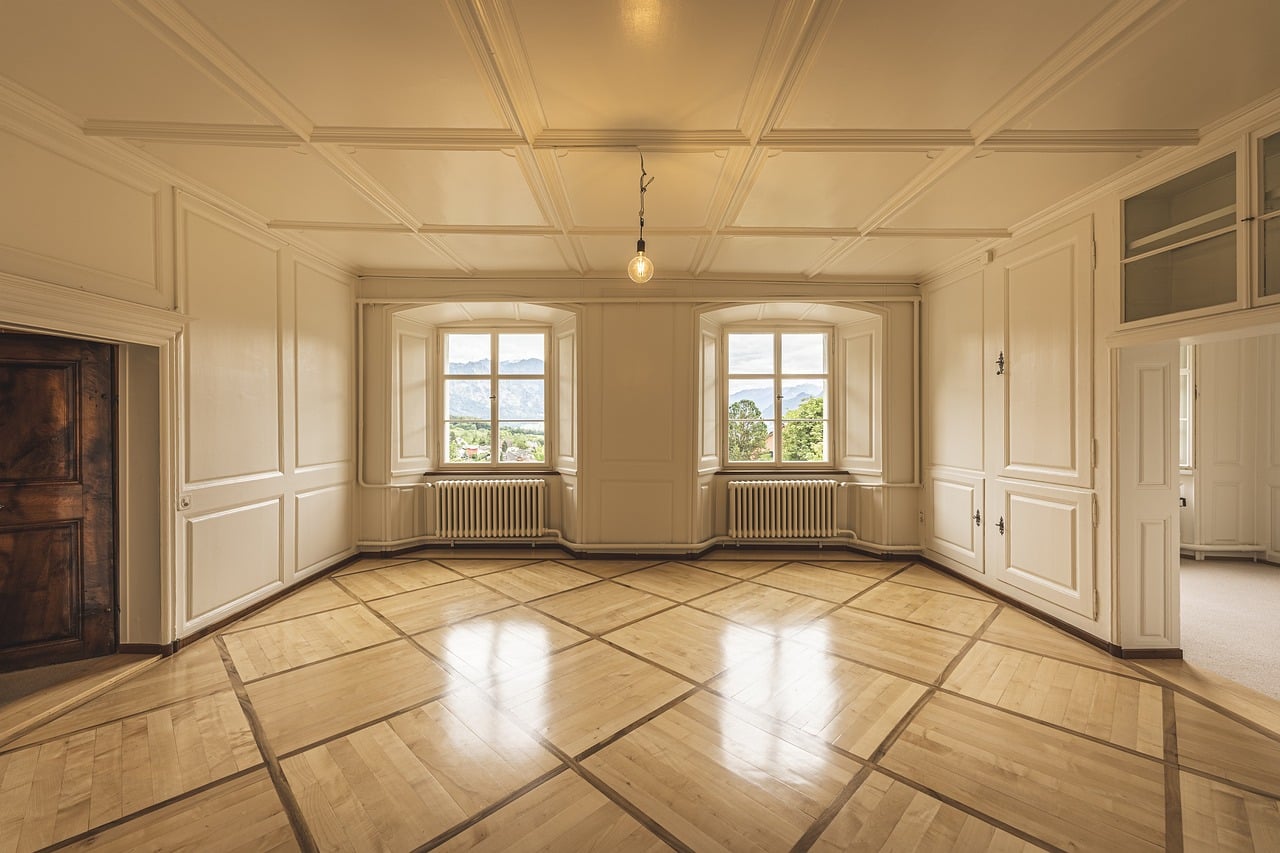In an era where sustainability and energy efficiency are top priorities, people are constantly seeking ways to reduce their carbon footprint. Building or retrofitting homes with energy-efficient materials is a significant step towards eco-friendly living. The choice of building materials can significantly affect the energy efficiency of a house, influencing heat retention, insulation, and energy consumption. In the UK, where the winter months can be particularly harsh, energy efficiency in homes is imperative. Let’s delve into some of the best materials you can use to build a low-energy, eco-friendly home in the UK, emphasizing insulation, heat retention, and sustainable design.
Energy-Efficient Insulation Materials
Insulation is a key factor in determining the energy efficiency of a house. A well-insulated home is adept at retaining heat, which reduces the reliance on artificial heating, leading to lower energy bills and a more sustainable household. When it comes to selecting the right insulation materials, you should not only consider their heat retention properties but also their environmental impact.
A voir aussi : How Is Community Solar Power Shaping the Future of Local Energy in the UK?
One of the most efficient insulation materials is sheep’s wool. This natural, renewable resource offers remarkable insulating properties, allowing it to retain heat in the winter months and cool in the summer. Moreover, its breathability helps to maintain a healthy indoor climate by regulating humidity levels.
Another excellent and eco-friendly insulation material is cellulose. Made from recycled paper, it contains no harmful toxins and has a low environmental impact. Its superior thermal performance makes it a popular choice for wall and loft insulation.
Avez-vous vu cela : What Are the Challenges in Conserving UK’s Coastal Ecosystems?
Sustainable Building Materials
Embracing sustainable construction materials is another way to build an energy-efficient and eco-friendly house. Not only do these materials help reduce your carbon footprint, but they also offer longevity and durability.
One such sustainable building material is rammed earth. This material has been used in construction for centuries, and it’s making a comeback in modern, sustainable construction. Rammed earth is a mixture of sand, clay, and a small amount of cement, which is then compacted into walls. These walls have excellent thermal mass, absorbing heat during the day and slowly releasing it at night, reducing the need for artificial heating and cooling.
Timber, particularly from sustainably managed forests, is another excellent material for constructing energy-efficient homes. It has a low embodied energy, meaning that less energy is used in its production and transportation. Moreover, it offers natural insulation and is highly adaptable, suiting various architectural styles and home designs.
Efficient Windows and Doors
Windows and doors play a crucial role in the energy efficiency of a house. They can cause significant heat loss if not correctly chosen and installed, thus impacting your home’s energy efficiency.
Double or triple-glazed windows are highly efficient in preventing heat loss. They contain two or three glass panes with a gap in between, filled with either air or argon gas, acting as a barrier to heat transfer. These windows, combined with frames made from sustainable materials like timber or recycled aluminium, can significantly enhance your home’s overall energy efficiency.
Similarly, doors should be well-insulated to prevent heat loss. Solid wood doors or those made from a combination of wood and insulation materials, like foam, are excellent for energy-efficient homes.
Passive House Design
Beyond the choice of materials, the design of your home plays a significant role in its energy efficiency. Passivhaus, or Passive House design, is a standard for energy efficiency in building design that originated in Germany and has been adopted worldwide, including in the UK.
Passivhaus design emphasizes airtight construction, high-performance windows, and super-insulation to minimize the need for active heating and cooling. The house uses the sun, internal heat sources, and heat recovery ventilation to maintain comfortable temperatures.
The use of concrete in Passive House construction is common due to its high thermal mass. It can store heat and slowly release it, contributing to stable indoor temperatures. However, its environmental impact has led to the adoption of alternatives like insulated concrete formwork (ICF), which combines concrete with insulated foam, improving insulation while still providing the benefits of traditional concrete.
Low-Impact Construction Techniques
Low-impact construction techniques aim to reduce the environmental impact of the building process while still achieving a high-performing, energy-efficient home. These techniques often involve using locally sourced materials, reducing waste, and limiting the use of non-renewable resources.
One such technique is straw bale construction. Straw is a low-cost, highly insulating material. It can be locally sourced, reducing the carbon emissions associated with transportation, and the straw bales can be easily installed, making it a cost-effective, eco-friendly construction technique.
Another low-impact construction technique is the use of green or living roofs. These roofs are covered with vegetation, which provides additional insulation, reduces rainwater runoff, and helps to absorb carbon dioxide.
In conclusion, building an energy-efficient home in the UK is a multifaceted process that involves selecting the right materials, adopting sustainable construction techniques, and considering energy-efficient design principles. By considering each of these factors, you can create a home that is not only comfortable and cost-effective but also reduces your environmental impact.
The Role of Renewable Energy Systems
In the quest for energy efficiency, incorporating renewable energy systems into your home design can make a significant impact. These systems generate electricity or heat from renewable sources, reducing reliance on fossil fuels and decreasing overall energy consumption.
Solar panels are perhaps the most recognisable form of renewable energy and are highly effective in the UK, even during cloudy days. Solar panels capture sunlight and convert it into electricity, which can be used to power your home or even sold back to the grid. Today’s solar panels are more efficient and affordable than ever before, making them a viable option for many homeowners.
Air source heat pumps are another renewable energy system that can enhance the energy efficiency of your home. They work by absorbing heat from the outside air and using it to heat your indoor space and hot water. Despite needing a small amount of electricity to run, the heat they extract from the air is constantly being renewed naturally, making them an energy-efficient heating solution.
A mechanical ventilation heat recovery (MVHR) system can also significantly improve your home’s energy performance. MVHRs extract stale air from inside your house, capturing and recycling the heat before expelling the air outside. At the same time, they draw in fresh air from outside, warm it using the recycled heat, and circulate it throughout your home. This system ensures a constant supply of fresh, warm air, reducing the need for additional heating and improving overall energy efficiency.
Achieving Sustainable House Design
To maximize energy efficiency, architects and homeowners are embracing innovative, sustainable house designs. These designs not only incorporate the aforementioned energy-efficient materials and renewable energy systems but also consider the house’s orientation, layout, and landscaping to take advantage of natural light and heat.
A passive house design, or Passivhaus, is a prime example of this eco design approach. It involves designing a home to be airtight and well insulated with high-performance windows, reducing the need for active heating and cooling systems. The design also uses the sun and internal heat sources to maintain comfortable temperatures, further decreasing energy consumption.
Another concept is the use of a timber frame in construction. This technique is not only energy-efficient but also quick and easy to assemble. It involves constructing the main structure of the house from timber, which naturally has excellent insulation properties. The timber is sourced from sustainably managed forests, ensuring the process is as eco-friendly as possible.
In conclusion, achieving an energy-efficient, eco-friendly home in the UK involves careful consideration of insulation and building materials, as well as the incorporation of renewable energy systems and sustainable house design principles. Not only will you benefit from lower energy bills and increased comfort, but you’ll also contribute to a more sustainable future. Remember, the journey to energy efficiency is a comprehensive one, and every step, no matter how small, counts towards a greener planet.






